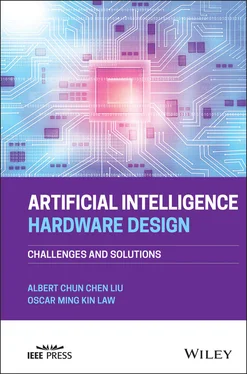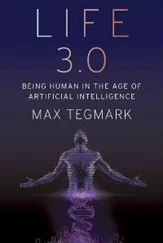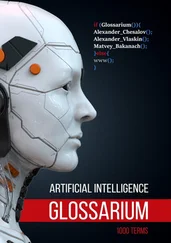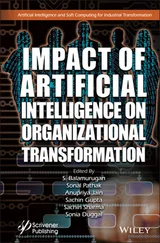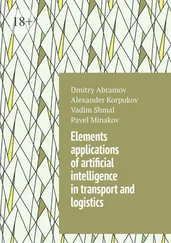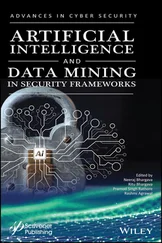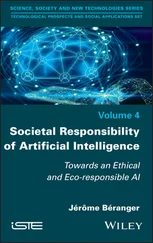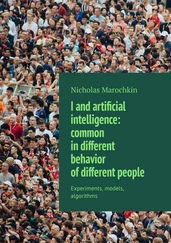Oscar currently works at Kneron for in‐memory computing and smart robot development. He has worked at ATI Technologies, AMD, TSMC, and Qualcomm and led various groups for chip verification, standard cell design, signal integrity, power analysis, and Design for Manufacturability (DFM). He has conducted different seminars at the University of California, San Diego, University of Toronto, Qualcomm, and TSMC. He has also published over 60 patents in various areas.
With the breakthrough of the Convolutional Neural Network (CNN) for image classification in 2012, Deep Learning (DL) has successfully solved many complex problems and widely used in our everyday life, automotive, finance, retail, and healthcare. In 2016, Artificial Intelligence (AI) exceeded human intelligence that Google AlphaGo won the GO world championship through Reinforcement Learning (RL). AI revolution gradually changes our world, like a personal computer (1977), Internet (1994), and smartphone (2007). However, most of the efforts focus on software development rather than hardware challenges:
Big input data
Deep neural network
Massive parallel processing
Reconfigurable network
Memory bottleneck
Intensive computation
Network pruning
Data sparsity
This book shows how to resolve the hardware problems through various design ranging from CPU, GPU, TPU to NPU. Novel hardware can be evolved from those designs for further performance and power improvement:
Parallel architecture
Streaming Graph Theory
Convolution optimization
In‐memory computation
Near‐memory architecture
Network sparsity
3D neural processing
Organization of the Book
Chapter 1introduces neural network and discusses neural network development history.
Chapter 2reviews Convolutional Neural Network (CNN) model and describes each layer functions and examples.
Chapter 3lists out several parallel architectures, Intel CPU, Nvidia GPU, Google TPU, and Microsoft NPU. It emphasizes hardware/software integration for performance improvement. Nvidia Deep Learning Accelerator (NVDLA) open‐source project is chosen for FPGA hardware implementation.
Chapter 4introduces a streaming graph for massive parallel computation through Blaize GSP and Graphcore IPU. They apply the Depth First Search (DFS) for task allocation and Bulk Synchronous Parallel Model (BSP) for parallel operations.
Chapter 5shows how to optimize convolution with the University of California, Los Angeles (UCLA) Deep Convolutional Neural Network (DCNN) accelerator filter decomposition and Massachusetts Institute of Technology (MIT) Eyeriss accelerator Row Stationary dataflow.
Chapter 6illustrates in‐memory computation through Georgia Institute of Technologies Neurocube and Stanford Tetris accelerator using Hybrid Memory Cube (HMC) as well as University of Bologna Neurostream accelerator using Smart Memory Cubes (SMC).
Chapter 7highlights near‐memory architecture through the Institute of Computing Technology (ICT), Chinese Academy of Science, DaDianNao supercomputer and University of Toronto Cnvlutin accelerator. It also shows Cnvlutin how to avoid ineffectual zero operations.
Chapter 8chooses Stanford Energy Efficient Inference Engine, Institute of Computing Technology (ICT), Chinese Academy of Science Cambricon‐X, Massachusetts Institute of Technology (MIT) SCNN processor and Microsoft SeerNet accelerator to handle network sparsity.
Chapter 9introduces an innovative 3D neural processing with a network bridge to overcome power and thermal challenges. It also solves the memory bottleneck and handles the large neural network processing.
In English edition, several chapters are rewritten with more detailed descriptions. New deep learning hardware architectures are also included. Exercises challenge the reader to solve the problems beyond the scope of this book. The instructional slides are available upon request.
We shall continue to explore different deep learning hardware architectures (i.e. Reinforcement Learning) and work on a in‐memory computing architecture with new high‐speed arithmetic approach. Compared with the Google Brain floating‐point (BFP16) format, the new approach offers a wider dynamic range, higher performance, and less power dissipation. It will be included in a future revision.
Albert Chun Chen Liu
Oscar Ming Kin Law
First, we would like to thank all who have supported the publication of the book. We are thankful to Iain Law and Enoch Law for the manuscript preparation and project development. We would like to thank Lincoln Lee and Amelia Leung for reviewing the content. We also thank Claire Chang, Charlene Jin, and Alex Liao for managing the book production and publication. In addition, we are grateful to the readers of the Chinese edition for their valuable feedback on improving the content of this book. Finally, we would like to thank our families for their support throughout the publication of this book.
Albert Chun Chen Liu
Oscar Ming Kin Law
Конец ознакомительного фрагмента.
Текст предоставлен ООО «ЛитРес».
Прочитайте эту книгу целиком, купив полную легальную версию на ЛитРес.
Безопасно оплатить книгу можно банковской картой Visa, MasterCard, Maestro, со счета мобильного телефона, с платежного терминала, в салоне МТС или Связной, через PayPal, WebMoney, Яндекс.Деньги, QIWI Кошелек, бонусными картами или другим удобным Вам способом.
